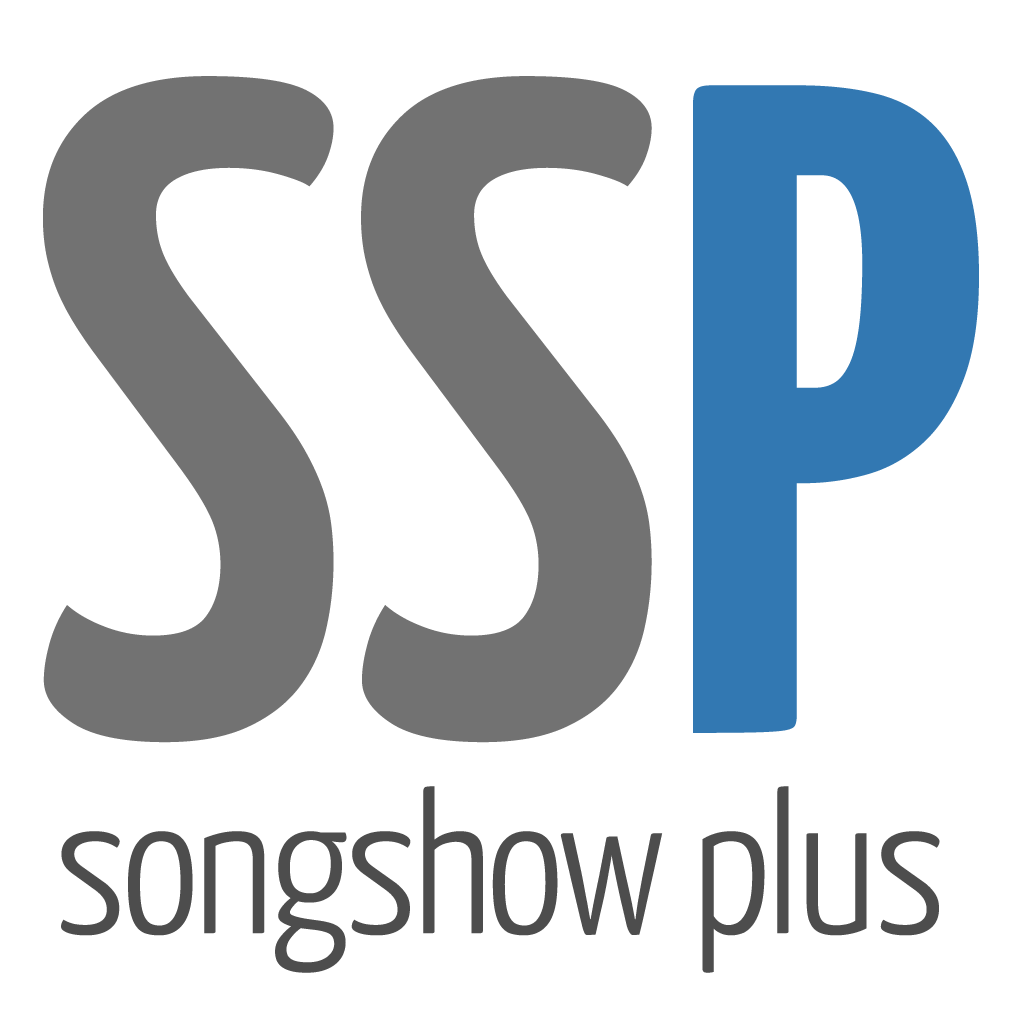How do I handle different Aspect Ratios during content projection - main looks different than the stage
Applicable SongShow Plus Versions:
This article applies to all versions of SongShow Plus
If you are not familiar with Aspect Ratios, you should review this article first - What is an aspect ratio and how is it relevant to SongShow Plus
Different Aspect Ratios During Content Projection -- In this scenario, the user is projecting content (Programs/Slide Shows) on a machine with two or more displays (i.e. Main Projection and Stage) with different aspect ratios.
First, you want to confirm the NATIVE aspect ratio of the devices you are sending the content to. You should check the specification to be sure but in many cases a visual check may be enough. If one of the display is "wide" (significantly wider than it is tall) and the other is "square", this physical limitation may be the issue. If they are all the same then it is possible that an incompatible resolution was selected. The correction could be as easy as selecting the right resolution with a compatible aspect ratio.
If they are physically different, ideally, this would be addressed by updating displays to the same native aspect ratio. If you still have older 4:3 projectors that do not allow aspect ratio/resolution adjustments it may be time to replace them.
This can also be addressed in other ways, however, none are ideal. These will either adjust the media or output to approximate the same aspect. In most cases, the output will still not be identical on all displays.
- Change the canvas aspect ratio in the Slide Builder so that the content being created is in the preferred format (standard or widescreen).
- Apply images as backgrounds instead of as objects. This would cause the images to automatically stretch to the edges of the slide margins. When presenting these slides, the congregation would see the background while those on the stage would not. However, the text should not be negatively affected from either vantage point.
- When using images as slide objects, try using graphics with the closest resolution as the projection system so that if the image is stretched it won't look out of proportion. For example, if an image is used with a resolution of 400x300 and then is stretched to fit a 16:9 screen at 1920x1080 the image is going to look terrible.
- It is possible to get everything to look "correct" by creating two individual slideshows. One formatted for 4:3 and the other for 16:9. This would also require the operator to send a "presentation" output to the Main and Stage display separately and navigating two individual, yet identical programs. This is usually overly complicated and hard to maintain continuity.
There may be other similar solutions addressed in other articles.
If this article does not resolve your question, contact the Support Team.
(SSP186)
